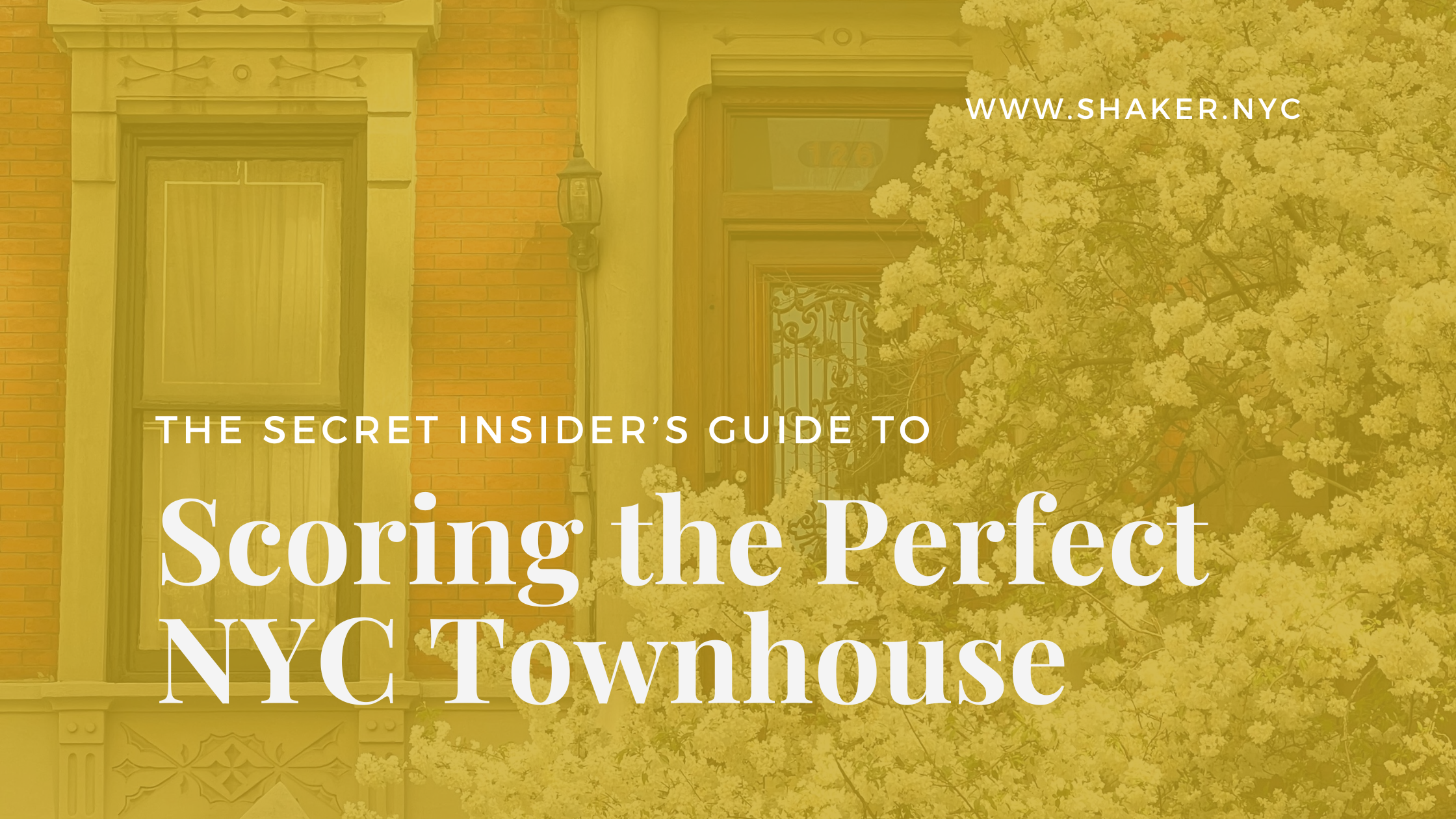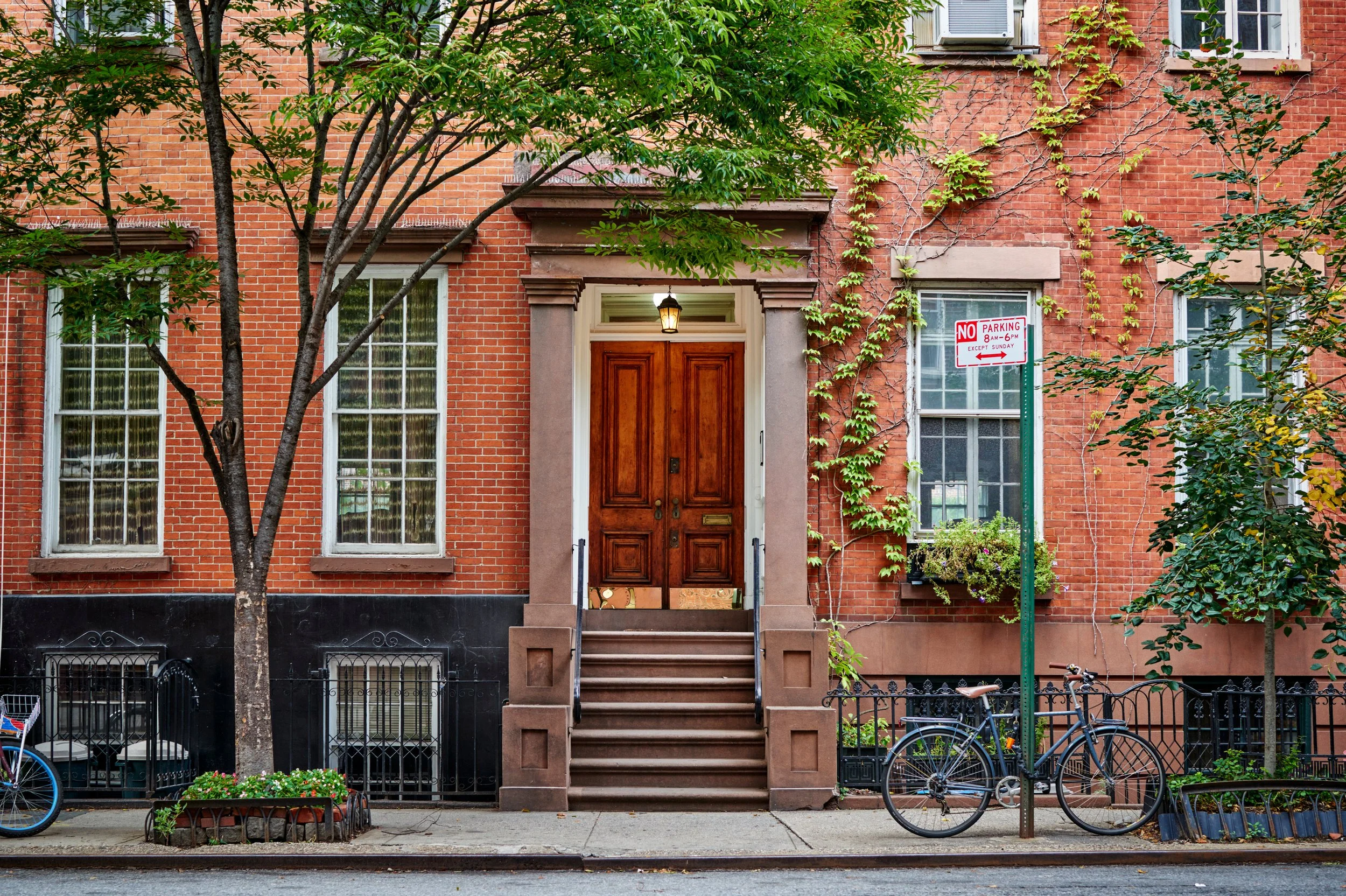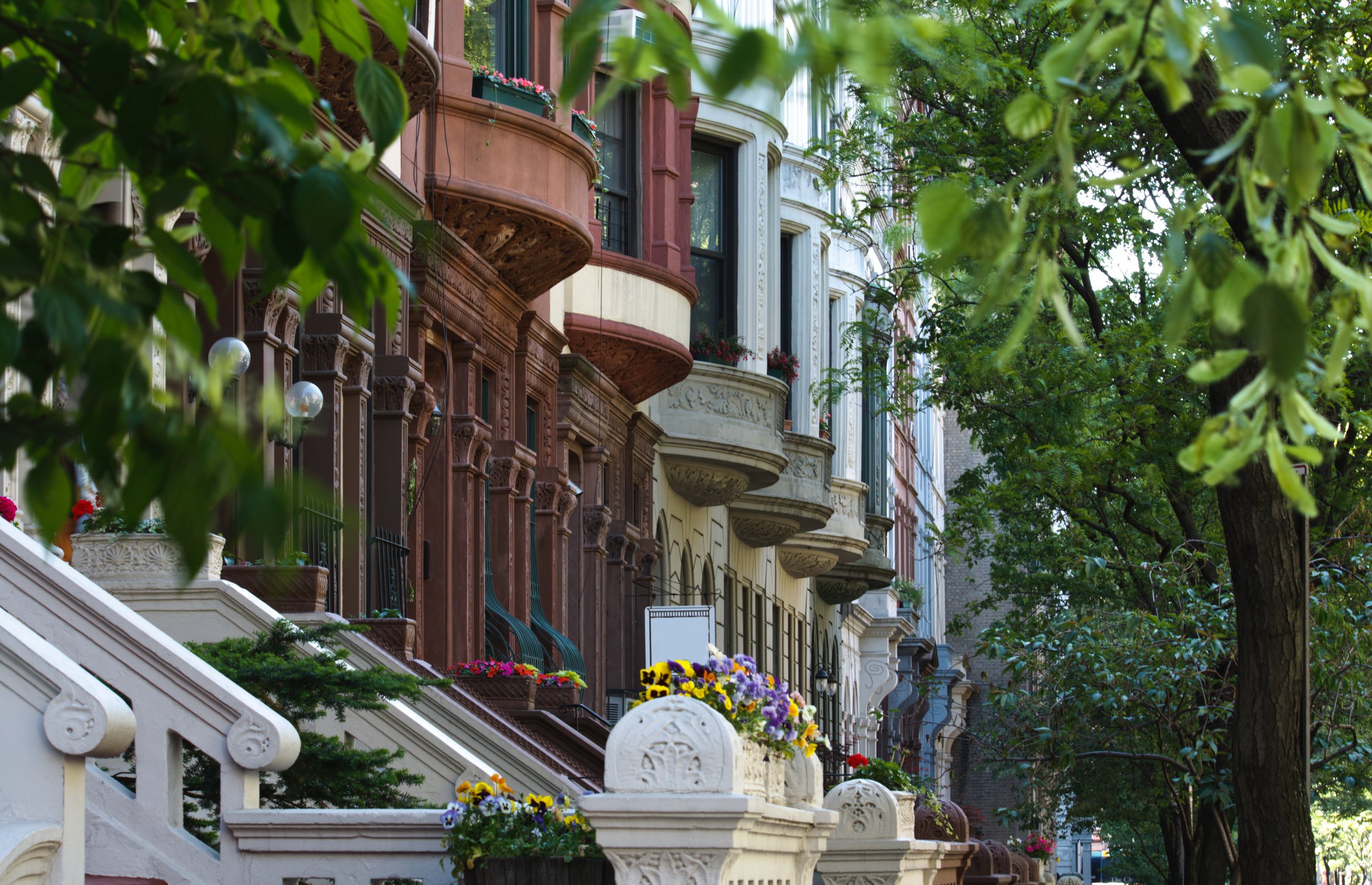The Secret Insider Guide to Scoring the Perfect NYC Townhouse
Buying a NYC townhouse is a unique and rewarding experience — but it comes with its own set of considerations that are quite different from buying a co-op or condo. No matter where you’re looking, this article breaks down everything you need to know to make a smart, informed townhouse purchase.
What is a townhouse?
Townhouses are multistory homes that are attached on one (or both) sides to another building. In NYC they are some of the most desirable pieces of real estate.
Building Size
Yes, size does matter — especially in NYC real estate and especially with an nyc townhouse.
A townhouse’s footprint (its width and depth) heavily influences both its market value and how the home feels. Most townhouses in the city are between 16 and 25 feet wide, and 30 to 50 feet deep.
Wider is better: Of course, the wider a nyc townhouse is, the more valuable. A 25-foot-wide townhouse is considered prime. These are rare and highly sought after because they offer generously sized rooms and a grander presence. Anything under 18 feet will start to feel noticeably narrow. 18 - 20 feet can hit the sweet spot between availability affordability and liveability.
Depth matters too: Most homes are around 45 feet deep. Homes shallower than 40 feet can feel cramped, while those deeper than 50 feet offer additional livable square footage — often increasing value.
Lot Size & Outdoor Space
The lot size — particularly the depth — determines how much outdoor space you’ll have. An nyc townhouse with 100+ feet of lot depth offer significant backyard space, which is a huge perk in a city. Even 80-foot lots can accommodate pleasant gardens and large patios.
Not all townhouses come with private outdoor space. If the property lacks a backyard, it should be priced accordingly.
Number of Stories
An NYC townhouse will typically have 2 to 5 stories. Some homes will also have a basement or a cellar level (which may or may not be finished or livable). The more stories a townhouse has the more valuable it is.
Garden Floor: The first floor in a townhouse.
Parlor Floor: The second floor in a townhouse - typically the floor with the highest ceilings. Entered via the front steps
It’s important to understand the difference between a cellar, a basement and an english basement as these can all affect the property’s value. English basements are bottom stories that are only slightly below grade. Basements are more than 50% below grade and cellars are fully below grade.
Structural Condition & Mechanical Systems
When you purchase an nyc townhouse, you’ll be responsible for maintaining the mechanicals as well as its structural integrity.
Roof & Foundation: These are big-ticket items. Ask your inspector about any water penetration, settlement cracks, or signs of aging.
Boiler & Water Heater: These systems are expensive to replace. Ask when they were last serviced or updated. An inspector will be able to verify dates for you.
Electrical & Plumbing: Older homes may still have knob-and-tube wiring or dated plumbing, which can become a major issue during renovations.
Single-Family vs. Multi-Family Configuration
When buying a townhouse, you'll need to decide between a single-family or multi-family setup.
Single-Family Townhomes offer full privacy, often with higher market value.
Multi-Family Homes typically include multiple kitchens and separate entrances. Many owners live in one unit and rent out the others to help offset the mortgage.
Some buyers purchase multi-family homes and reconfigure them into single-family homes over time.
Pro Tip: Converting a multi-family townhouse into a single-family home often requires permits and architectural plans. Work with a buyer’s agent familiar with NYC building codes. Make sure you ask what the Certificate of Occupancy says the legal use of the building currently is.
Zoning, Air Rights, and Expansion Potential
Not all townhouses can be expanded or renovated freely. Key considerations include:
Zoning Laws: Dictate what kind of alterations or additions are allowed.
Unused FAR: FAR (Floor Area Ratio) determines how much square footage you can legally build on a townhouse lot. Unused FAR means a new owner could add more square footage to their home - making it a more valuable acquisition.
Landmark Status: Many townhouses are in historic districts and must comply with strict preservation rules when renovating exteriors or facades.
Avoid Costly Mistakes and Actually Secure the Right Home with an NYC Buyer’s Agent
Buying a townhouse isn’t just about what you see on a tour — it's about what’s behind the walls, on the city records, and in the fine print. A seasoned buyer’s agent helps you access off market properties, negotiate, navigate zoning laws and avoid common pitfalls - like buying with an outdated C of O or undisclosed structural issues - yikes!
Helping buyer’s avoid common mistakes is why I created my NYC Buyer’s guide. It’s designed to walk you through each step of buying in NYC, from financial prep to closing costs. The best part - it’s totally free - Download it today!





